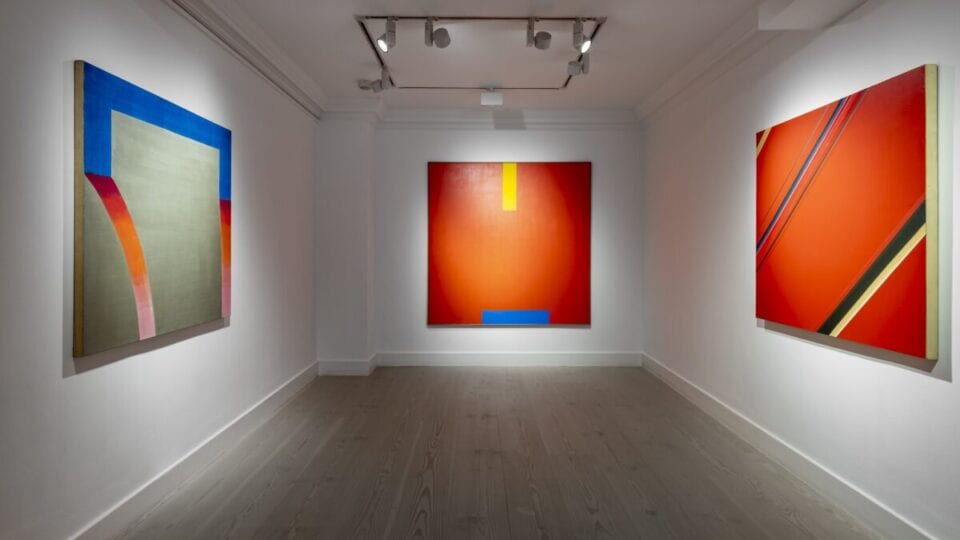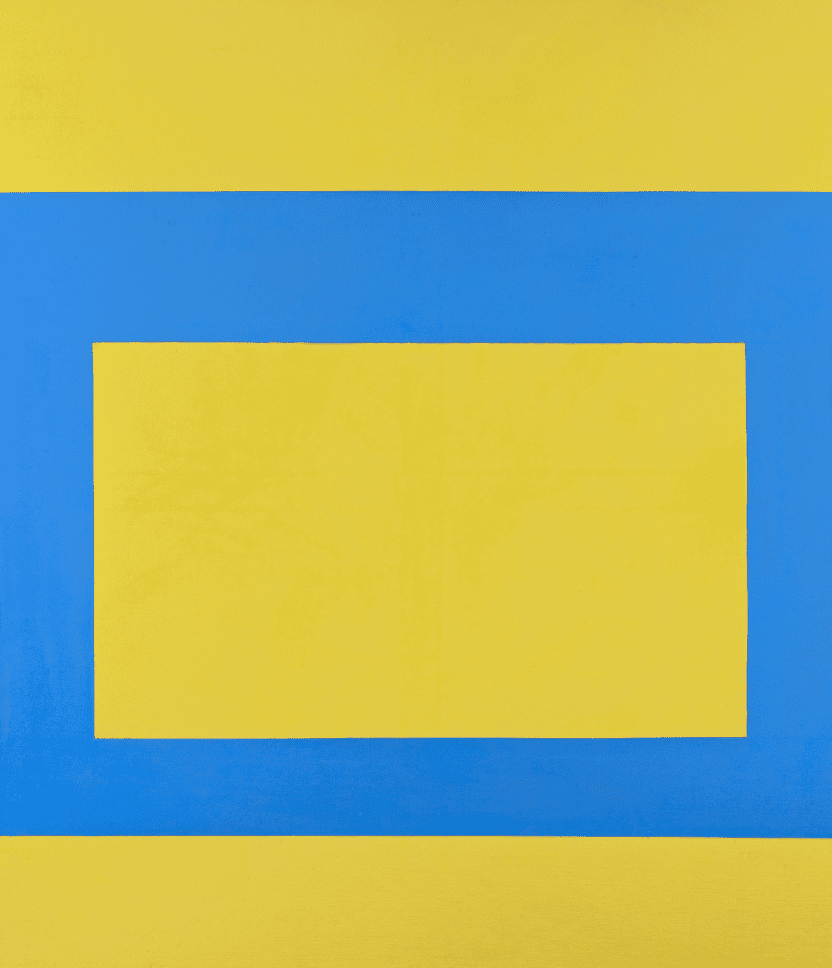How can painting reflect the mood of an era? This is the question at the heart of Gazelli Art House’s latest exhibition, Cross Atlantic. Opening both physically in London and online, it highlights US and UK abstract painters, sculptors and printmakers working during the 1960s. Featured names include Robert Motherwell, Bridget Riley and Helen Pashgian, amongst others active in the period.
As Pop Art highlighted consumerism and mass culture rose in prominence, other artists represented a different feeling and pace. Cross Atlantic highlights these pioneers, looking at how modern abstraction grew as a result of the post-War relationship between America and Britain. The featured works reflect a period of rapid cultural and political change – which caused a shift of aesthetic perspective when it came to the “gestural abstraction”, minimalism and Colour Field approaches of previous decades.
Gazelli Art House founder and director Mila Askarova describes this moment as “a productive and challenging period in American and British abstract art.” Through this show, the gallery aims to “unpack some of the tensions and relationships which brought such work so thrillingly to life.”
Featured works include Perle Fine’s Cool Series, which is defined by bold geometry and bright blocks of colour – such as the blue and yellow featured above. Betty Parsons’ The Moth highlights a singular red shape floating amongst an sea of blue, whilst Richard Smith’s Cash register / One of Three takes a fresh approach to still life. Sunset-toned gradients of red, orange and pink establish curved forms on canvas. Other highlights include work by Bridget Riley, who is renowned for her Op-Art paintings. Clean and colourful horizontal stripes come together to create illusory visual effects.
Until 29 August. Find out more here.
Lead image: Installation View, Cross Atlantic at Gazelli Art House.
1. Perle Fine, Cool Series No.47, Swinging Cool, ca. 1961-1963
2. Betty Parsons, The Moth, 1969.






